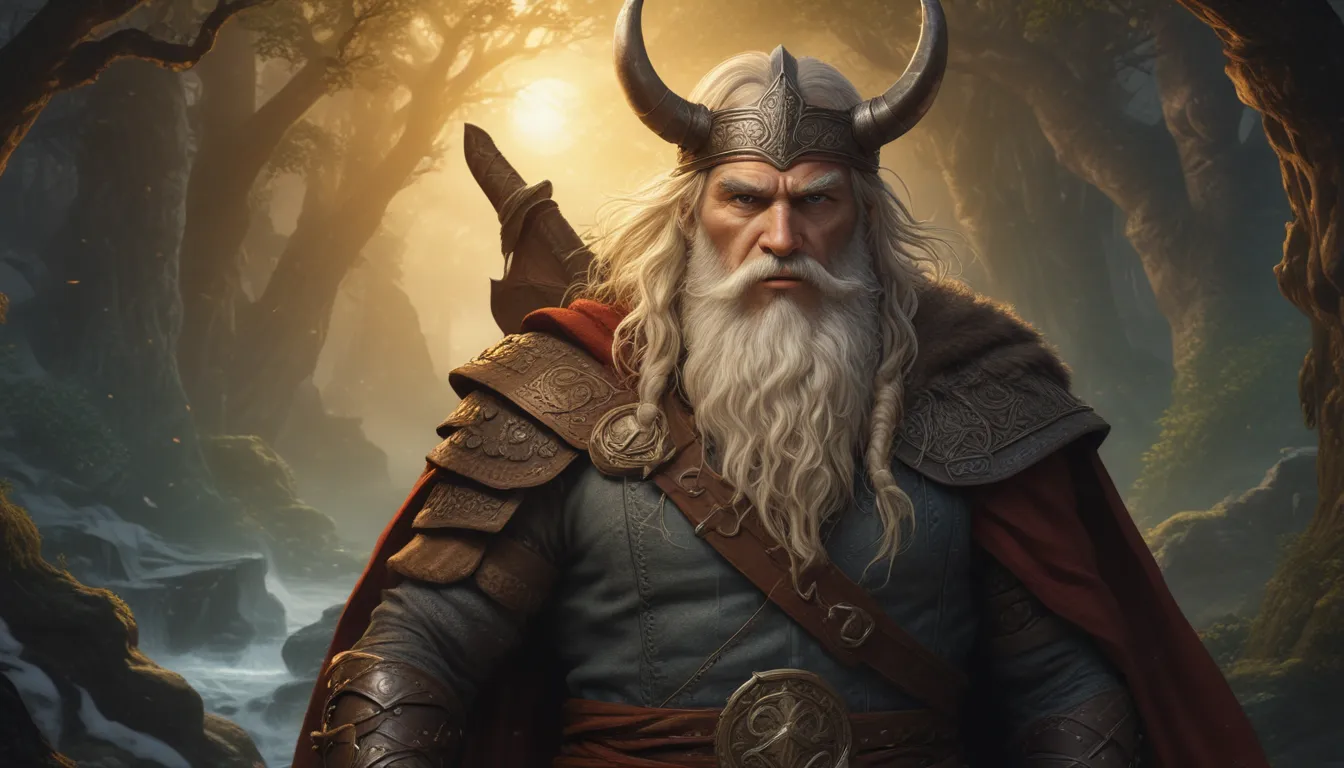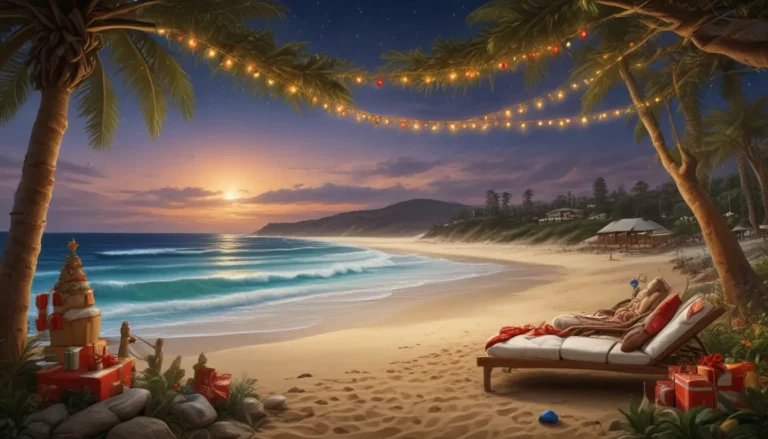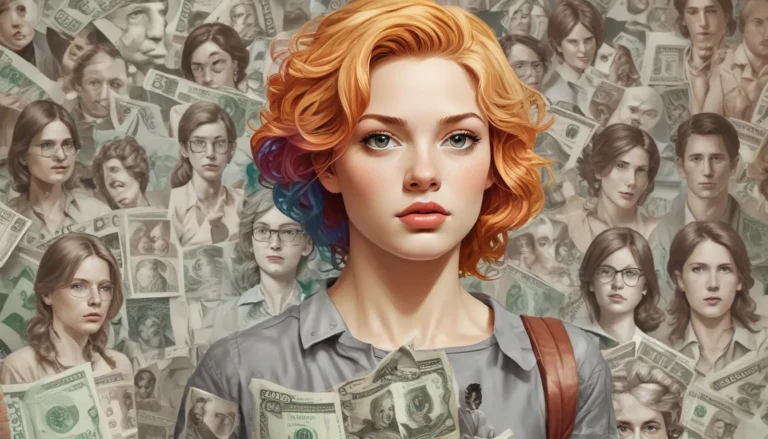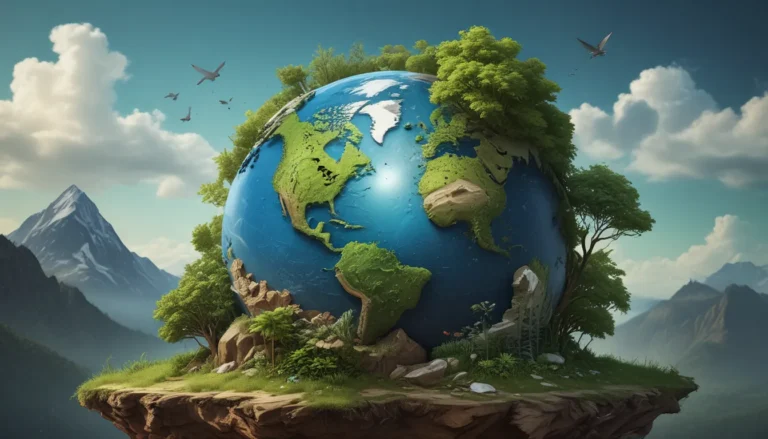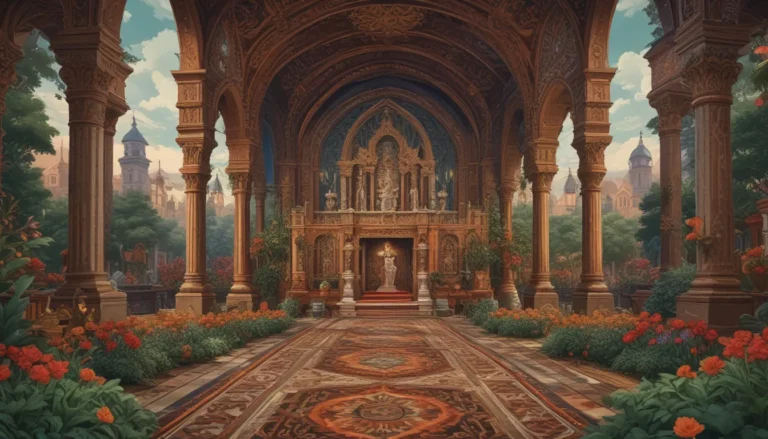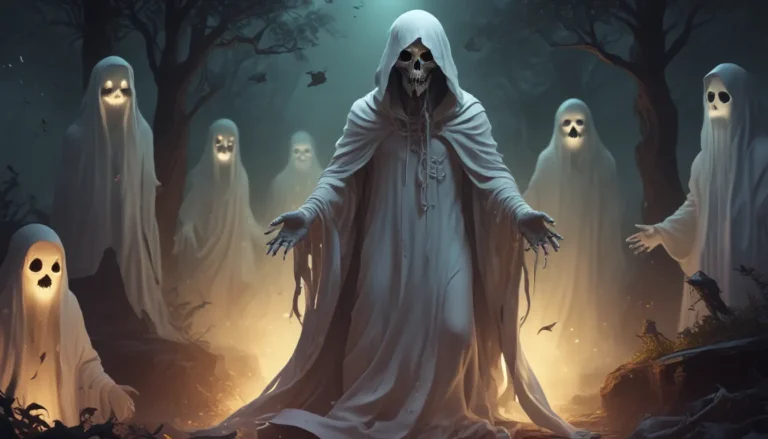The images in our articles may not match the content exactly. They are used to grab your attention, not to show the exact details in the text. The images complement the text but do not replace it.
Have you ever been curious about the captivating stories that shaped the beliefs and culture of the Vikings? Norse mythology is a treasure trove of ancient tales filled with gods, giants, and heroes that have intrigued people for centuries. These stories are not just myths but windows into the values and beliefs of the Norse people, depicting a world where gods walk among men and the fate of the universe hangs in balance. Let’s embark on a journey to unravel the mysteries of Norse mythology together, delving into fascinating facts that bring these ancient tales to life.
Unraveling the Origins of Norse Mythology
Norse mythology, a diverse collection of stories and characters, has its roots in the pre-Christian beliefs of the Norse people, primarily those residing in regions such as Denmark, Norway, and Sweden. These tales were passed down orally through generations, capturing the imagination with their depictions of gods, giants, and mythical creatures.
- Norse mythology was not fully documented until the 13th century when Icelandic historian and poet Snorri Sturluson compiled many of these oral traditions in works such as the Prose Edda and the Poetic Edda.
- The world in Norse mythology is envisioned as a flat disc, with Midgard—the realm of humans—at its center, surrounded by a vast ocean inhabited by the monstrous serpent Jörmungandr.
Exploring the Pantheon of Norse Gods
In Norse mythology, gods and goddesses reside in various realms, possessing human-like traits and emotions. These deities are not all-powerful and face their own demise during Ragnarök, the prophesied end of the world.
- Odin, often referred to as the Allfather, is the chief of the gods and is known for his wisdom. He sacrificed one of his eyes at Mímir’s well in exchange for unparalleled insight.
- Thor, the son of Odin, wields the powerful hammer Mjölnir and serves as the protector of Midgard, engaging in battles against giants and safeguarding humanity.
- Freyja, the goddess of love, beauty, and fertility, is portrayed riding a chariot pulled by cats. In addition to her gentle attributes, she is also a fierce warrior and the leader of the Valkyries.
Enigmatic Creatures and Beings in Norse Mythology
Norse mythology is populated with a diverse array of beings, each carrying unique stories and attributes.
- Elves and dwarves play crucial roles in Norse mythology, crafting powerful weapons and magical items for the gods. Dwarves, in particular, are renowned for their exceptional craftsmanship and are attributed with creating Thor’s hammer and Odin’s ring.
- The Norns, akin to fates, reside by the well of Urd and are responsible for weaving the tapestry of fate, determining the destinies of gods and mortals alike.
Tales of Heroism and Adventure in Norse Mythology
The sagas and eddas of Norse mythology are brimming with epic quests and heroic deeds, showcasing the bravery and cunning of both gods and mortals.
- One of the most renowned tales is that of Sigurd the Dragon Slayer, who vanquished the dragon Fafnir, gaining immense wealth and a cursed treasure.
- Ragnarök, the prophesied apocalypse in Norse mythology, involves a great battle where many gods meet their end, symbolizing the cyclical nature of the mythos and the eventual rebirth of the world.
Influence and Legacy of Norse Mythology
Norse mythology continues to exert a profound influence on modern literature, art, and culture, exemplifying its enduring allure.
- Many days of the week in the English language are named after Norse gods, such as Thursday (Thor’s day) and Friday (Freyja’s day).
- J.R.R. Tolkien, the author of “The Lord of the Rings,” drew extensively from Norse mythology, incorporating characters like Gandalf and races like dwarves and elves into his work.
- Marvel Comics’ interpretation of Norse gods, particularly Thor and the Asgardian pantheon, has brought these ancient characters into contemporary pop culture, captivating audiences worldwide.
Embracing Norse Legends
Delving into Norse mythology offers more than just stories; it unveils a rich cultural tapestry that has left an indelible mark on literature, movies, and even contemporary beliefs. From the mighty Thor brandishing Mjölnir to the mischievous Loki’s antics, these tales reflect the imagination and depth of spirituality of the Norse people. They provide us with insights into the values, fears, and aspirations of a civilization long past but not forgotten. Norse mythology remains vibrant, influencing various aspects of art and pop culture, underscoring its enduring relevance. Let’s continue to explore these legends, for each narrative holds lessons, adventures, and a magic as old as time itself. Remember, behind every myth lies a hint of truth, and in these age-old stories, we uncover not just gods and monsters, but echoes of our own humanity.
We Value Your Feedback
At the core of our mission is the commitment to offering authentic and engaging content. Each fact shared on our platform is contributed by individuals like you, providing a diverse range of insights and information. Our dedicated team of editors ensures the accuracy and reliability of every submission, guaranteeing that the content we provide is both captivating and trustworthy. Explore and learn with confidence, knowing that our dedication to quality and authenticity is unwavering.
